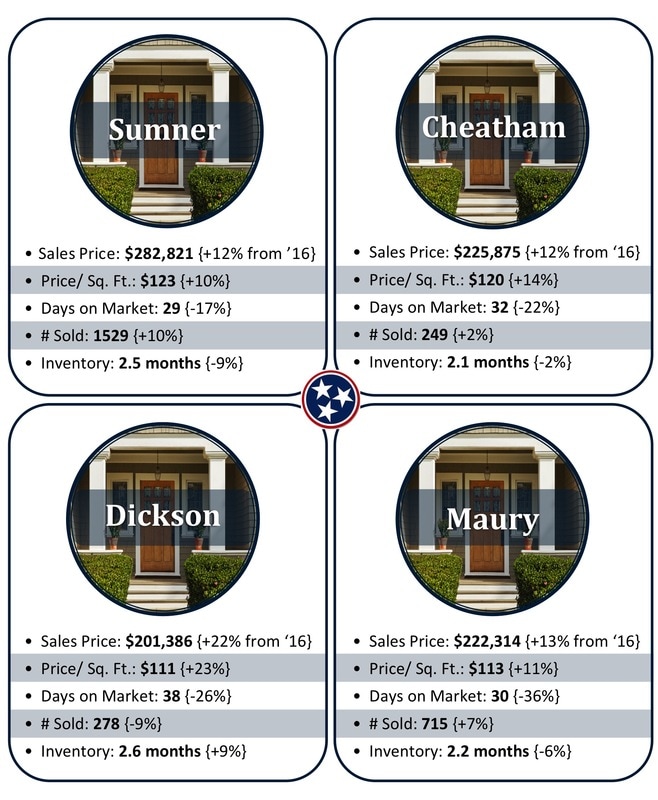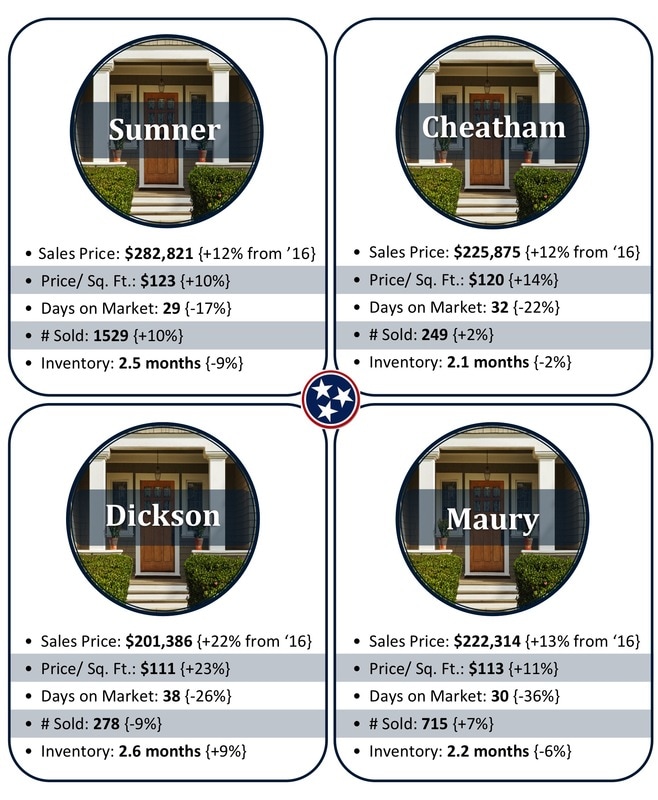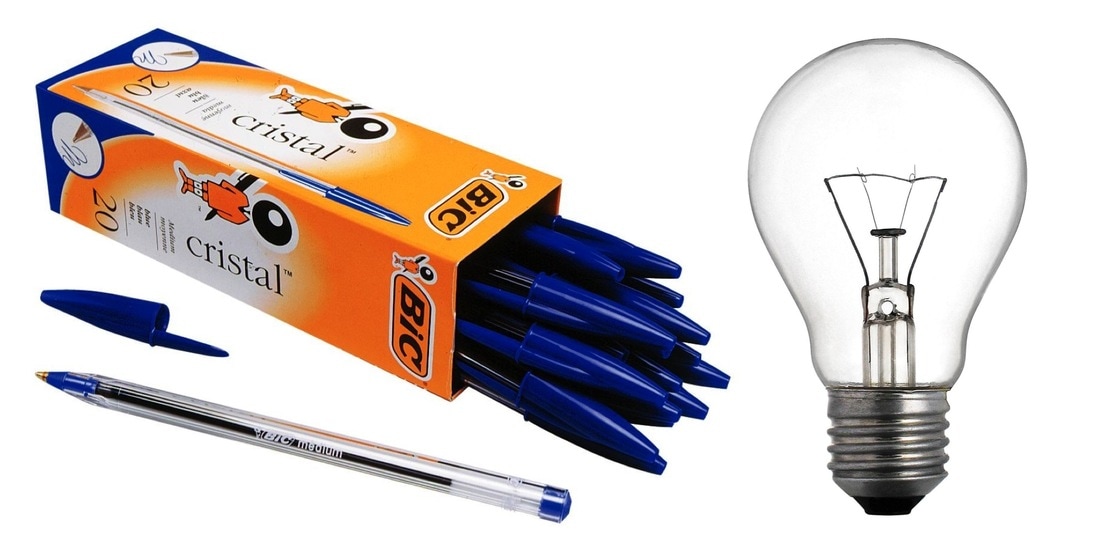|
As most folks around here have discovered, the housing market in Middle TN is red hot. The market in each of the eight Middle TN counties is booming--each for different reasons. Here's a quick run-down of the #1 most attractive feature of each of the eight Middle TN counties I track:
Let me know what questions you may have about a particular part of the county you live in. I'm always happy to run the numbers on your neighborhood and zip code, which will provide insight into your home's value.
1 Comment
So I just ran the latest numbers for eight Middle TN counties as of Friday, June 30--the final day of the 2nd quarter. I've rated each county's market strength according to eight criteria (which are listed at the end of this post). Based on my diagnostics, the eight counties are listed as follows according to market strength (the lower the score the stronger the market):
Here's a summary of how the counties stack up to one another in each of the eight categories:
When a pen runs out of ink, we don't hesitate to throw it away and get another one. And when a light bulb burns out, we don't think twice about discarding it. The thought of refilling the pen with ink or mending the filament inside the bulb never enters our minds. Even if a repair were somehow possible, it would be far too impractical to be regarded a sensible option.
In the ancient world, long before Bic and Edison, reeds were used for pens, and lamps were employed for light. When a reed became bruised, bent, or splintered, the virtually worthless stick was quickly discarded and replaced--just like our out-of-ink pens. And, much like our burned-out light bulbs, when a smoldering wick inside the lamp began giving off more smoke than light, that valueless piece of flax was promptly traded out for a brand new one. Even if it were possible to somehow mend the reed or wick, such monumental efforts for such worthless objects would hardly be prudent. The problem in the ancient world was that, just like those bruised reeds and smoldering wicks, imperfect people, too, were discarded. Ironically, religious people were the first to break these bruised people and extinguish their flickering hope. The religious establishment pushed these rejects to the margins of society and backed as far away as possible. (They even named their particular sect the "Separatists" to show their commitment to standoffishness.) To the Pharisees and those like them, damaged people lacked value and were certainly not worth the massive effort it would require to rehabilitate them--if such a feat were even possible. Then along comes Jesus: feeding the hungry, healing the sick, eating with sinners, forgiving prostitutes, letting adulteresses off the hook, calling tax collectors down from trees, sharing living water with five-time divorcees, and promising paradise to dying criminals. As Matthew, in his gospel, is recording Jesus' unrelenting efforts to redeem these irredeemables, he recalls a beautiful prophecy from Isaiah about the promised Messiah: "A bruised reed he will not break, and a smoldering wick he will not snuff out." Rather than breaking and snuffing out, Jesus expends himself for the expendables. He does the most for "the least." He is marginalized for the marginalized, broken for the broken, wounded for the wounded. Jesus is so committed to his mission of mercy that he becomes a bruised reed for bruised reeds like us. ("He was bruised for our iniquities.") And he becomes that smoldering wick for smoldering wicks like us . . . so that we can have light and life. And . . . so that we can extend mercy to other bruised reeds (out-of-ink pens) and smoldering wicks (burned-out light bulbs) like us. Here's to a Merry and Merciful week, Daniel |






 RSS Feed
RSS Feed